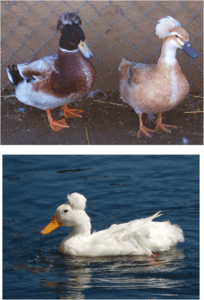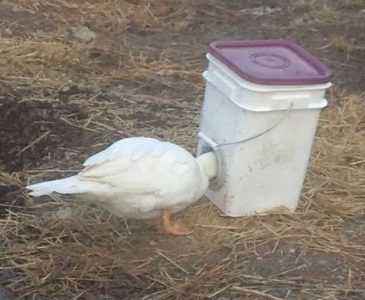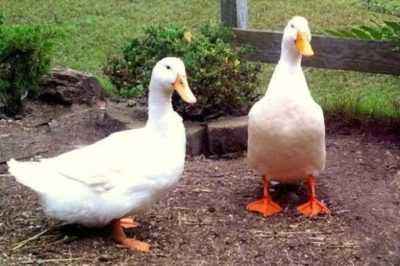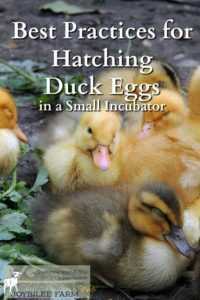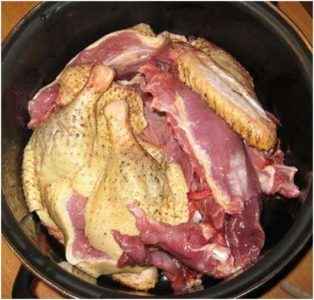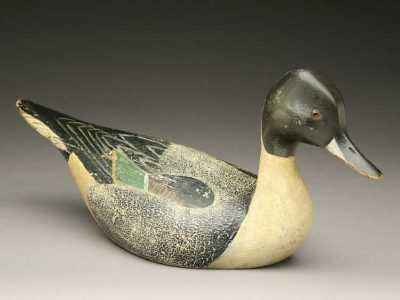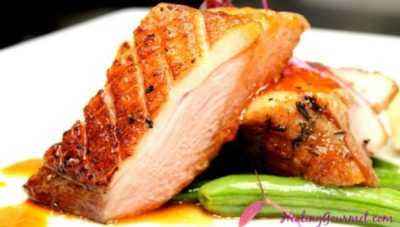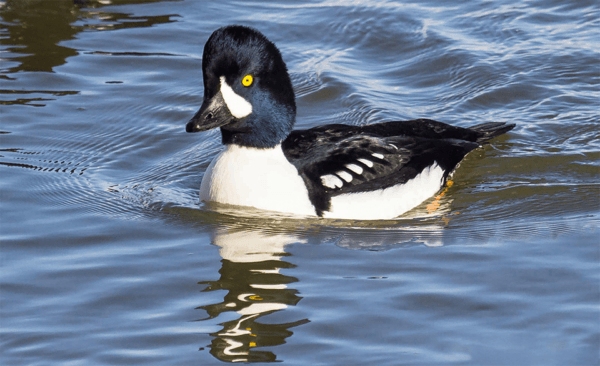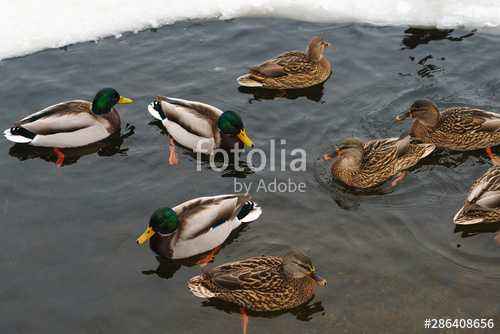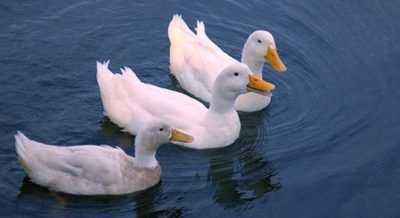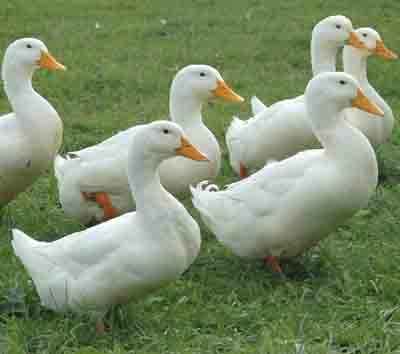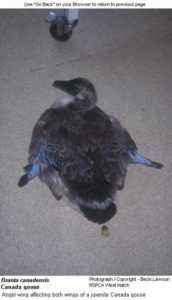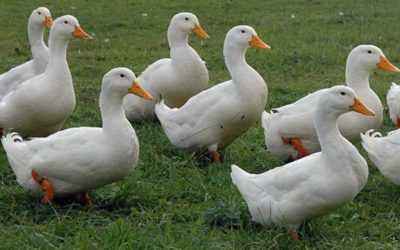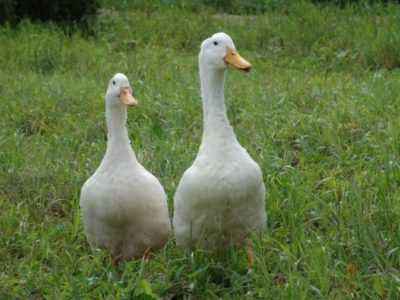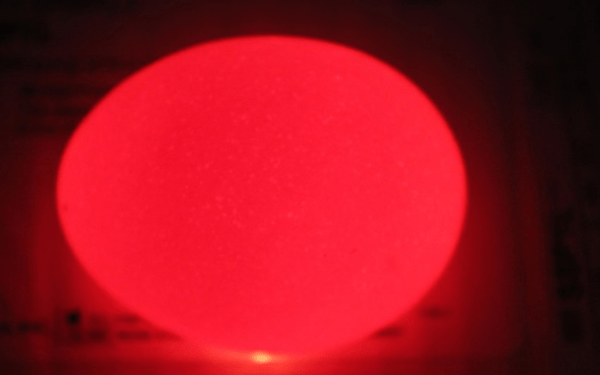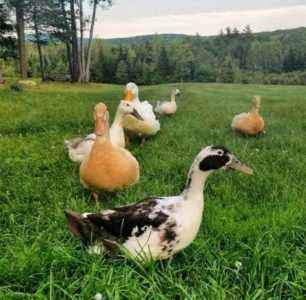The wild duck breed Krokhal is widespread in Russia and the CIS. The large size, decent weight and exquisite color of individuals attracts hunters of the Altai Territory, the Urals, Chita and Irkutsk regions. These special wild birds move to warm countries for the winter; occasionally you can see them on the Sea of Azov. What are the representatives of the middle zone of the Eurasian continent so famous for and why some subspecies have been entered in the Red Book?
Having studied the bird’s photo on the Internet, it is easy to notice the following distinguishing features:
- There is a special white “mirror” on the wings , which is very clearly visible against the background of the gray wing, which distinguishes these birds from all others.
- Males have a black head and apex of the neck, which are cast with a green shine with a metallic effect under bright sunlight. The back is black, and closer to the tail is grayish. The rest of the body is white with a pink tint.Important: the drakes change their color, because this is their secondary sexual characteristic, which allows them to reproduce.
- Females are easily distinguished by their red or brownish head and neck. The female’s throat is white, and the back is ash gray.
- The beak of mergansers is bright red, it bends into a hook at the end.
- A remarkable crest is on the duck’s head.
>
It is worth noting that the long-nosed merganser and the large merganser differ from all representatives. Their color depends on the season. In the spring, it becomes brighter compared to the winter (as laid down by nature), but over the summer the color fades and by the fall it becomes completely dull and inconspicuous. That is why in the cold season it is so difficult to distinguish the female from the male in appearance.
Habitat for waterfowl
Duck Krohal is not only a nesting bird, but also a migratory one. In the summer she likes to bask in the central strip of the Eurasian continent. In the spring, these birds fly among the first, as soon as the wormwood appears. Representatives of waterfowl leave for winter only with the advent of sharp colds, which entail the freezing of water bodies.
Basically, representatives of ducks love to nest in forest places, although masonry has been seen in crevices of mountains, and even in coastal areas. Such an extensive habitat is caused by a variety of subspecies.In summer, birds fill the central regions of not only the Eurasian continent, but also North America, and in winter they move to the shores of the Atlantic and Pacific oceans, they can also be found in southern China (mainly where there is fish).
Important : if the winter lasts relatively warm and the fast sections of the pond are not covered with a thin layer of ice, the bird will not leave its favorite nesting place.
Waterfowl food
The basis for the diet of ducks of all subspecies is fish, priority:
- Salmon.
- Pike.
- Roach.
- Grayling.
During the winter, these birds can eat herring or sea fish, and sometimes it can be eaten by bugs, worms, crayfish, even mollusks.
Sexual maturity and breeding features
The duck reaches sexual maturity by about the age of 2 years. During courtship, the male constantly swims for the female, pressing his chest to the water. To attract the attention of his beloved, he has to sharply raise his body above the water surface, open his wings, and then take a classic pose, making a loud sound. Such games from the outside look pretty impressive. By the way, sometimes such moments are captured by tourists in photos and videos.
As a rule, a duck can bring up to 12 eggs to a nest in one laying and hatch them for about one month. After birth, ducklings are in a warm place for a maximum of two days.They hatch immediately downy and already at the first exit follow their mother to the water and even try to dive. The first week, babies feed mainly on insects that are on the surface of the water, but after a week they begin to catch fry, moving on water, almost like an adult.
Approximately after 3 months, the ducklings begin to fly fully, but if the ducks are sedentary lifestyle, ducklings will fly when they reach the age of 80 days, and migratory ones will fly after 50.
Important: under favorable conditions, the duck survives up to 15 years, with a sedentary lifestyle, the term can reach 17 years.
Subspecies of the Mergansers
In nature, you can o meet with four varieties of waterfowl in question:
- big merganser;
- long-legged merganser;
- scaly merganser;
- loot.
In the photo they will all look very disheveled due to the characteristics of their breed.
Most often you can see a representative of the breed, whose name is big merganser. It has a rather large weight (in winter – up to 2 kg). Perhaps this makes him the most interesting object for hunting. Greater merganser lives mainly in quiet lakes and rivers located near the northern taiga.
As mentioned earlier, in nature there are other representatives of the species of duck merganser.For example, medium or long-nosed merganser (it has the longest and sharpest beak and shorter body length, which distinguishes it from relatives). This species lives mainly in the tundra and forests of Eurasia. It is often confused with a subspecies such as scaly merganser.
Scaly mergansers are located mainly in the Far East and China. There are very few representatives left, about 1,500 pairs. This was the reason for the inclusion in the Red Book.
Among the duck family I would like to mention another specimen – Lutok, which is the smallest among the other representatives of the duck species, merganser. It is important that this subspecies lives mainly among thickets and trees.
Interesting representatives of waterfowl ducked, because they are not picky about food, can easily find a place for nesting and do an excellent job of raising offspring. and therefore hunting is prohibited.



